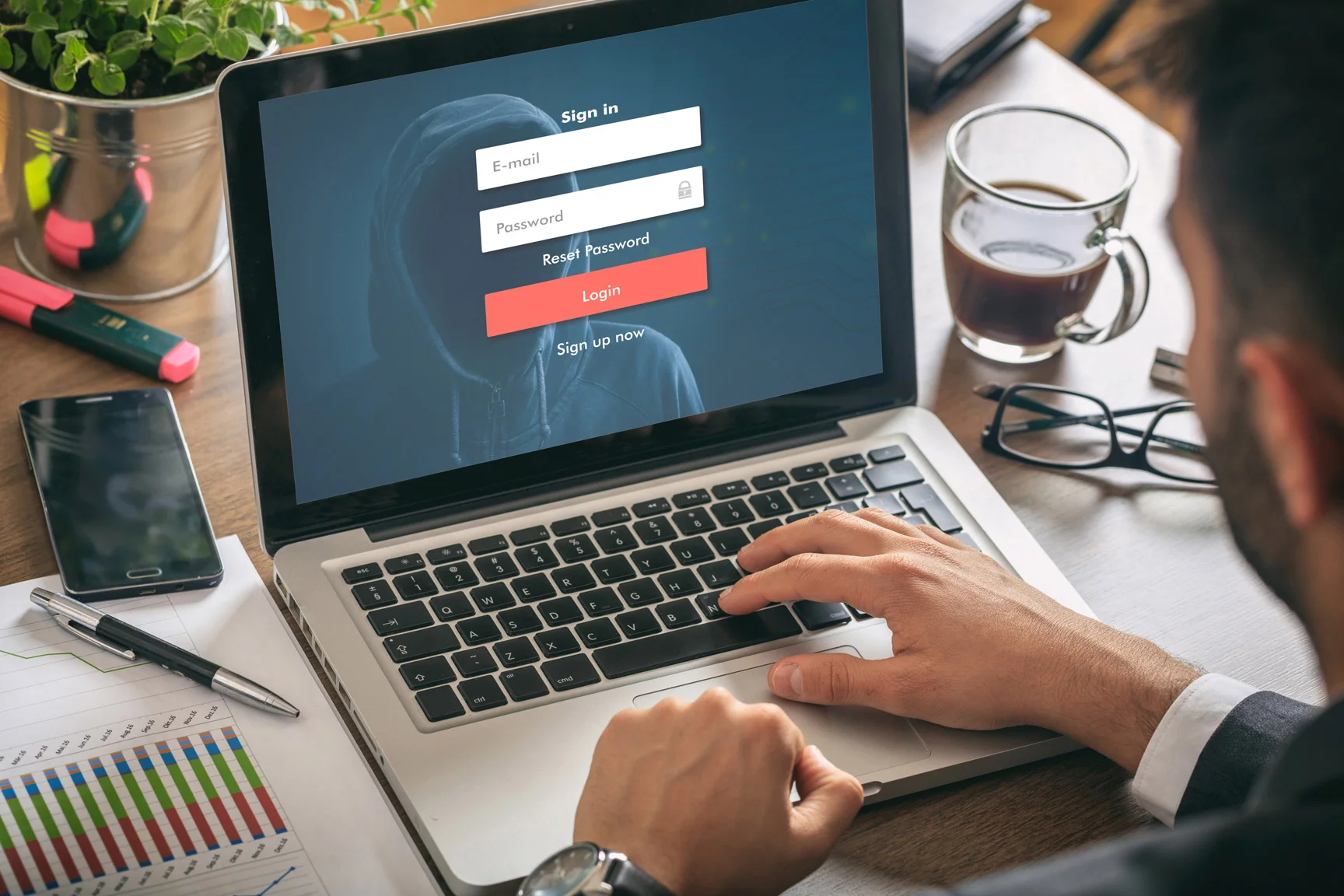5 Ways to Strengthen your Digital Security on a Budget
Do you need a cheap way to boost your digital security? Strict budgets have all of us finding ways to make things work. Here’s 5 ways you can strengthen your digital security when you’re being held back by budgetary restrictions.
1.) Password Managers
As business employees, educators, librarians, students and more – we all likely have dozens of online services we have to remember passwords for. A more unlikely circumstance? Creating a different password for each service.
If you’re someone who chooses to remember these passwords, chances are you elect to just use the same one for everything. If this is the case, you’re making a critical security mistake. If an attacker gains access to your password for one account, they’ll likely gain access to all of your accounts.
Password managers help by creating and storing different passwords for every site so that you don’t have to. The only password you have to know is the one to log into the password manager. Some password managers can even detect when a site you used has been breached, so that you can change your password on that site. Depending on the criteria you need, there are great paid password manager options out there. However if you’re budget is a little more strict that you’d like it to be, there are several great free options too, such as LastPass Free.
2.) Virtual Private Networks
Although a Virtual Private Network (VPN) is not a tool to keep you totally anonymous online, it does assist in digital privacy. VPN’s help keep your browsing private from your ISP, reduces some online tracking and secures your connections in a public Wi-Fi setting.
There are many VPN services out there, but Wirecutter (New York Times), suggests TunnelBear because of its trustworthiness, transparency and easy-to-understand privacy policy.
3.) Two-Factor Authentication
Two-Factor Authentication is a feature for online accounts that require you to prove it’s you trying to log in using a two-step process: A password and another “factor”.
Most second factors are apps for your devices that create a one-time authentication code that you would then enter into the service you are trying to use after you log in using your password. Some Two-Factor Authentication apps can even back up your information for you too.
4.) A Webcam Cover
Once thought to be only for the paranoid, webcam covers are an important part of one’s security practice these days.
It was discovered in July of 2019 that Video-chat software provider Zoom had a vulnerability in it’s software that allowed any website the ability to open a video-enable call on a Mac with Zoom installed, which obviously presents a huge privacy concern.
5.) Paper Shredders (Yes, a paper shredder)
Whether you’re a business, government or educational facility, having an old school paper shredder is something that can help you stay protected online. All you need is one dumpster diver to find your address, name, social security number, account information or more and your digital security is at risk.
Story via New York Times






